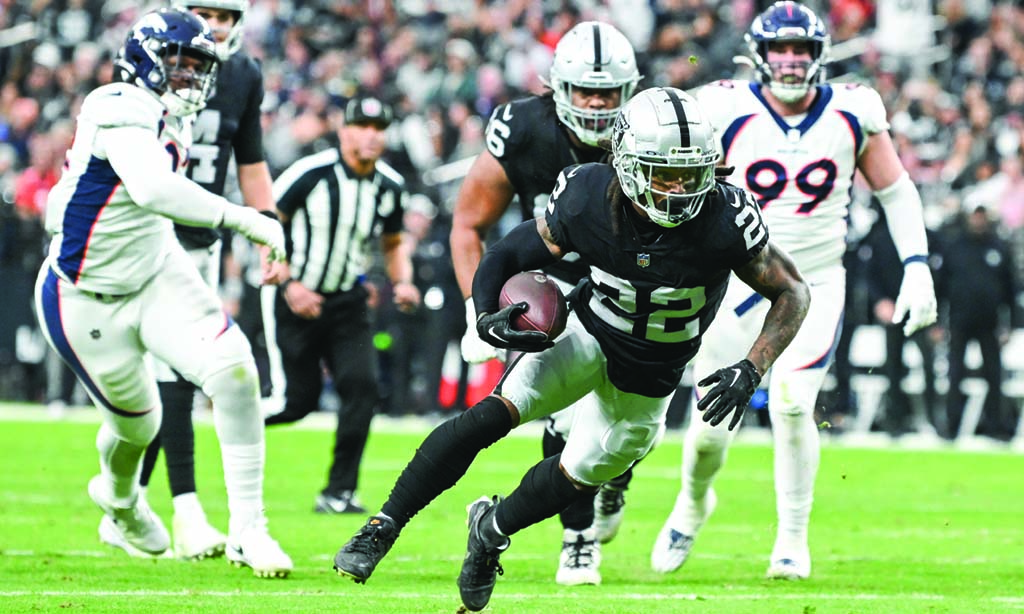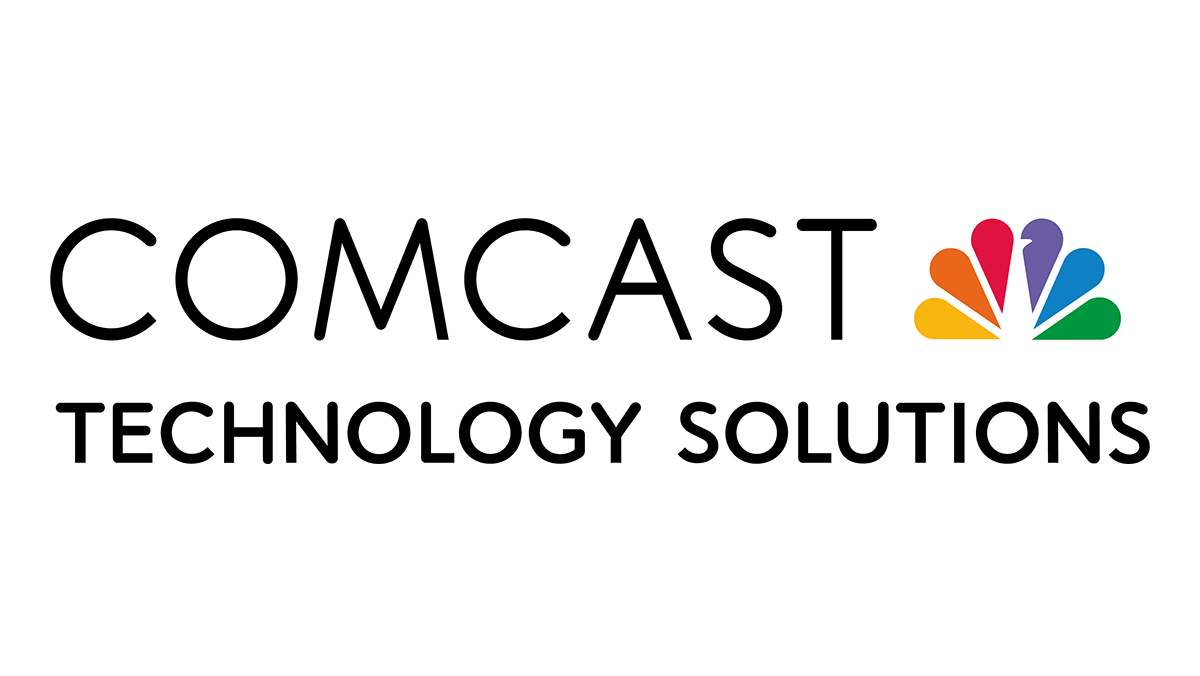How Cord-Cutting Is Changing the TV Sports Distribution Game
As cable regional sports networks face business challenges, properties are making a move to broadcasters and streamers

The rise of streaming services in the TV sports distribution arena has ignited a fierce battle for rights, reshaping how sports content is produced, delivered and viewed across multiple platforms.
As the NAB Show Sports Summit gets started today, the acquisition and distribution of live TV sports content remains fluid as traditional TV distributors and streamers continue to volley for valuable properties.
“The projections are that more than $12 billion is going to be spent this year on sports rights because there’s going to be a lot more competition among the biggest platforms for premiere [live TV sports] rights,” Cathy Rasenberger, co-founder of media consulting firm Rasenberger Media LLC, said.
Streaming services have aggressively gone after distribution deals for national live sports properties. A recent Nielsen Gracenote report documents the trend, stating that five leading SVOD services — Amazon Prime Video, Apple TV+, Disney+, Netflix and Paramount+ — increased the collective volume of live sports programming available via their services by 72% since the end of 2024.
“Live sports programming continues to be an important driver of user growth, retention and engagement for streaming services,” Gracenote Chief Product Officer Bill Michels said.
With Amazon scoring an 11-year deal for NBA rights starting in 2025-26, and with Netflix securing exclusive U.S. rights to the FIFA Women’s World Cup in 2027 and 2031, industry observers say that streaming will remain a major player in the distribution of live sports programming.
Streamers are also expected to compete for MLB’s upcoming slate of games available after the 2025 season, as ESPN in February opted out of its current baseball television deal, which otherwise would have run through 2028.
Get the TV Tech Newsletter
The professional video industry's #1 source for news, trends and product and tech information. Sign up below.
Streaming Isn’t Enough
But TV sports analyst Lee Berke said sports content distributors still can’t completely reach loyal and casual fans without broadcasters and other traditional TV providers.
“Streaming is absolutely critical as a complement to distribution on broadcast and cable,” he said. “You’ve got to be able to reach them on streaming if you’re going to get younger demos from a team standpoint or a league standpoint, your next generation of fans.
“In addition, from a business standpoint, you want to be able to sell advertising and you need digital ad sales and digital sponsorship. So there’s money to be made if you can establish streaming.”
Meanwhile, the regional sports business continues to evolve as teams look beyond the struggling pay TV RSN model for the most cost-effective ways to reach their fans. Even as Diamond Sports in January emerged from bankruptcy and somewhat stabilized what has been a freefall for RSNs, pro teams continue to look for alternatives to the challenged cable-based outlets. Broadcasters such as E.W. Scripps, Tegna, Gray Media and Weigel have taken advantage of this, striking deals with major league teams in their markets.
“I think it’s imperative to provide a subscription service in addition to the regional cable service to access the growing group of fans who may have not subscribed to cable, or are cord nevers,” YES Network VP of Strategy and Business Development Matt Duarte said.
YES last fall joined forces with another New York City-based RSN operator, MSG Networks, to launch the subscription streaming service Gotham Sports. It offers direct-to-consumer access to YES, TV home of the New York Yankees and Brooklyn Nets; MSG, home to the New York Knicks and New York Rangers; and MSGSN, which televises New York Islanders and New Jersey Devils games.
The heated competition between streaming and linear broadcast and cable will have major ramifications on consumption of live sports content as viewers watch their favorite teams across multiple platforms.
Once the purview of the traditional cable bundle, marquee leagues are seeing billions from services such as Prime Video, Netflix, Apple TV+ and Disney+ for the right to stream their games. That’s proven frustrating for fans who now must subscribe to even more platforms to watch their favorite teams.
A Hub Sports Survey reported that 69% of viewers watched at least some live games on streaming services, as more big sports properties struck deals with those plaftorms. Last year, more than 70% of viewers watched sports on broadcast and cable services compared to 62% for SVOD services.
While cable regional sports networks and broadcasters still distribute most live events, teams and leagues are exploring opportunities to distribute live local games via streaming. Major League Baseball will stream local games for 22 teams via its MLB.tv direct-to-consumer app this season.
Platforms such as FAST could further disrupt the sports distribution model by offering leagues an outlet to reach viewers with free, advertiser-supported shoulder content and eventually live event action. Already the four major leagues have dedicated services running on FAST platforms like Tubi, The Roku Channel and Pluto TV, and in February, Fox-owned Tubi TV aired the Super Bowl live.
Teams like the NBA’s Phoenix Suns and Utah Jazz and the NHL’s Vegas Golden Knights and Utah Hockey Club continue to supplement local broadcast coverage with streaming, an option that continues to remain viable for teams in local markets, according to Berke.
“The ongoing collapse of the regional sports network business has led to an increasing amount of local sports being offered OTA on broadcast television, which potentially puts the games and advertisers for those games in front of more eyeballs than through subscription-based cable networks,” he said.
As has happened nationally, streaming will play an important role in increasing the value of local sports programming by offering content that goes beyond the on-the-field action.
“As viewing habits continue to evolve, to have a foothold both across the cable and the digital ecosystems to us is vital as we continue to grow that base,” Duarte said.
Free Ad-Supported Television channels are another emerging platform in sports distribution. An October 2024 Amagi Global FAST Report found that the hours of live sports content offered on FAST channels are up 65% from the prior year.
FAST Takes the Field
FAST platforms such as Pluto TV, The Roku Channel and Tubi have gotten in on the action, as well as RSNs like Boston-area channel NESN. The NESN Nation FAST channel now offers 30 hours of live and original programming each week, even outside of the New England home TV territory of its teams, the Boston Red Sox and Boston Bruins.
“The fact that the NFL Super Bowl was live on Tubi and generated 13 million viewers indicates that there is a very large audience of viewers who want to get their sports content on free streaming platforms,” said Rasenberger, who co-founded the upstart FAST Sports service Free Live Sports. The service offers 100-plus FAST channels featuring such sports as boxing, tennis, cornhole, pro wrestling, soccer and motorsports.
“I think in many ways the Super Bowl performance validated the opportunity for advertisers and for sports leagues on the FAST platform,” Rasenberger said. “Distributors need to be ubiquitous in their distribution strategy, and free offerings are becoming increasingly dominant for many viewers’ television habits.”
Copyright NAB 2025.
